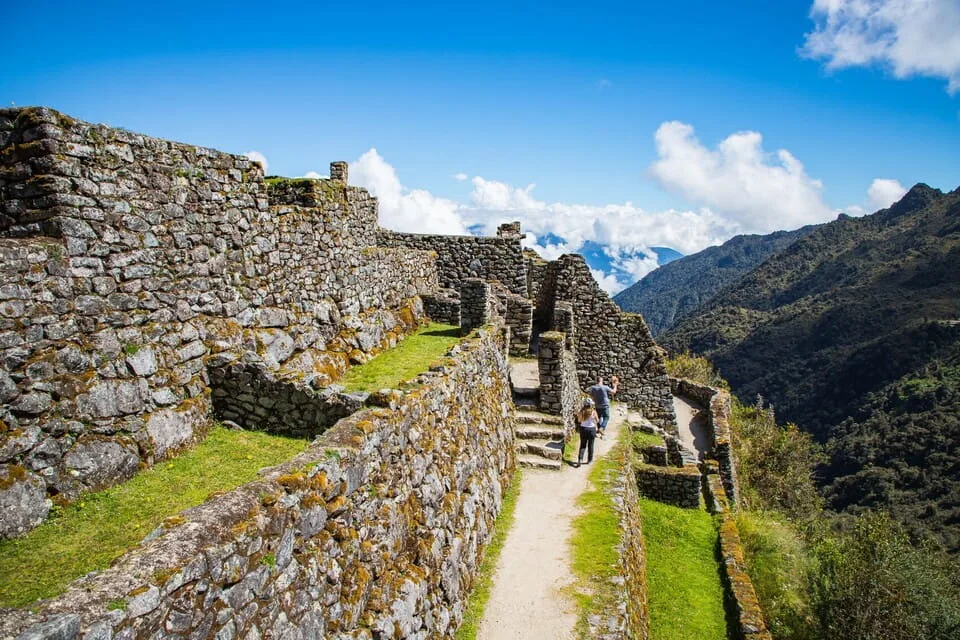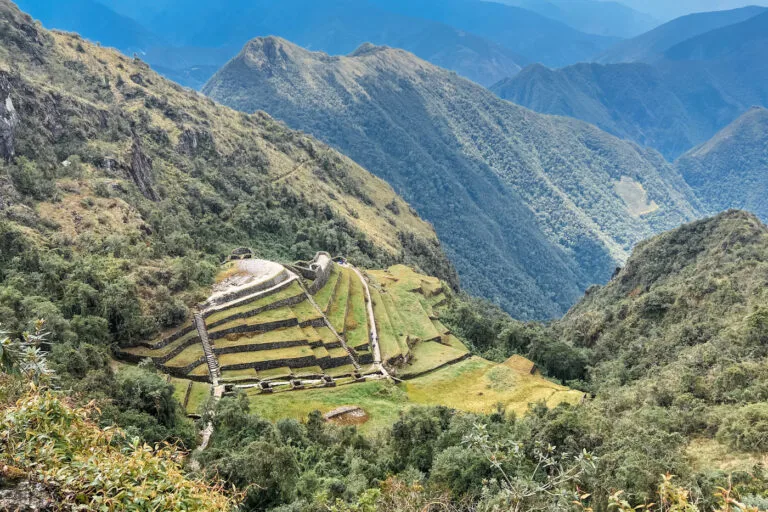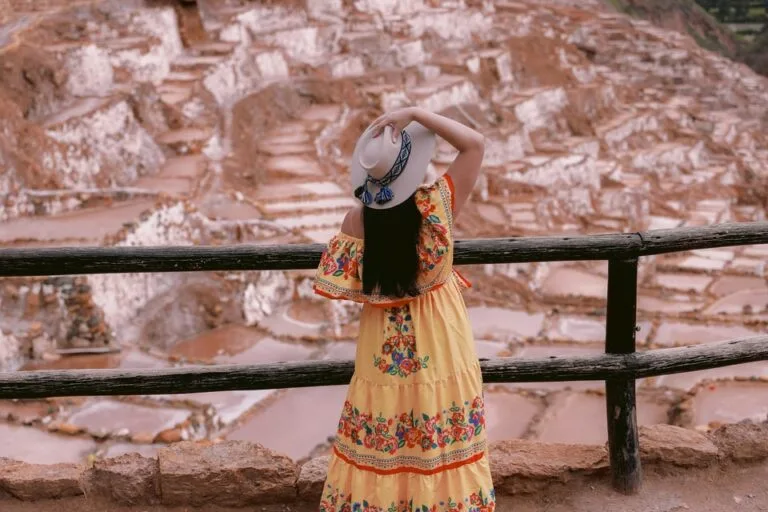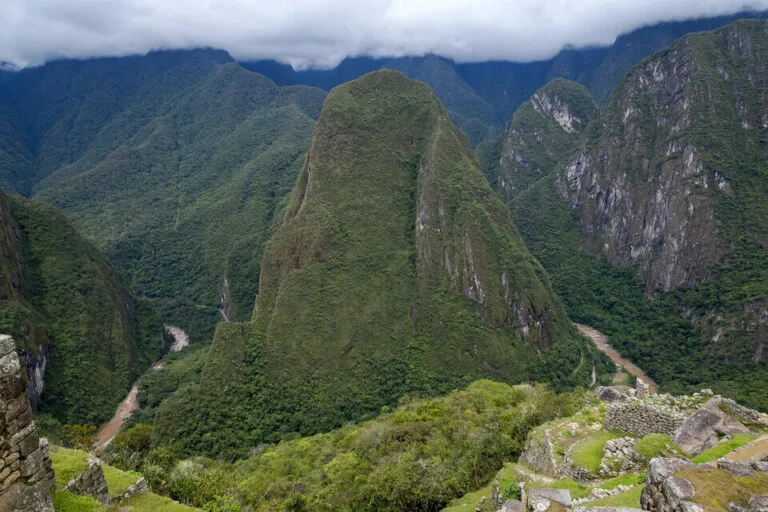Machu Picchu is one of the world’s most fascinating and enigmatic tourist destinations, attracting millions each year with its breathtaking natural setting and deep Inca heritage.
What is Machu Picchu and Why is it So Special?
Machu Picchu is a 15th-century Inca citadel perched more than 2,400 meters above sea level. Surrounded by towering mountains and morning mist, it’s known as “The Lost City of the Incas.” Its strategic design and spiritual alignment reflect the Incas’ ingenuity and deep connection with nature.
A UNESCO World Heritage Site and one of the New Seven Wonders of the World since 2007, visiting Machu Picchu is like stepping into a mystical past full of ancient traditions and awe-inspiring architecture.
Brief History of Machu Picchu
Construction and Use
Believed to have been built by Emperor Pachacútec around 1450, Machu Picchu served religious, political, and agricultural purposes. Its stepped terraces, temples, and residences exhibit advanced Inca design and a sacred bond with the cosmos.
Rediscovery
Although abandoned during the Spanish conquest, Machu Picchu remained hidden until American explorer Hiram Bingham rediscovered it in 1911. Since then, it has captured global fascination as a symbol of Inca resilience and brilliance.
How to Get to Machu Picchu
The Inca Trail
This multi-day trek is ideal for adventure and nature lovers. Along the route, hikers pass through mountain landscapes, cloud forests, and archaeological sites before arriving at the citadel’s gate.
Train to Machu Picchu
For a more comfortable option, trains run from Cusco to Aguas Calientes, the nearest town to Machu Picchu. From there, a short bus ride takes visitors to the site entrance.
What to See at Machu Picchu
Temple of the Sun
This sacred temple is aligned with the sun’s movements, showcasing the Inca mastery of astronomy and architecture.
Intihuatana
Known as the “Inca Sundial,” this carved stone was used in religious ceremonies and likely for marking astronomical events.
Main Plaza
The heart of Machu Picchu, where the Incas likely held social and ceremonial gatherings.
Huayna Picchu Mountain
Climbing this peak offers unmatched panoramic views of the citadel and surrounding landscape—a challenging but rewarding adventure.
Tips for Visiting Machu Picchu
- Plan Ahead: Buy your entry and transportation tickets months in advance, especially during peak season (May–September).
- Arrive Early: Visiting at sunrise offers a magical experience, with soft light illuminating the ruins.
- Dress Comfortably: Wear proper walking shoes and bring a light jacket, as the weather can change quickly.
- Stay Hydrated: The altitude can affect some visitors, so drink plenty of water and take breaks.
The Cultural and Spiritual Impact of Machu Picchu
Machu Picchu is more than a tourist site—it’s a sacred place rich in symbolism. Many visitors report feeling a unique spiritual connection due to its mystical energy and natural surroundings.
The Incas considered it a deeply spiritual site, and that energy still resonates today. Walking through its temples and paths invites introspection and a renewed bond with nature.
Importance of Conserving Machu Picchu
Mass tourism has placed pressure on Machu Picchu’s preservation. To protect it, the Peruvian government enforces strict measures such as daily visitor limits and designated routes within the site.
As travelers, respecting these rules ensures future generations can also experience this wonder.
Conclusion: Machu Picchu, an Unforgettable Experience
Machu Picchu is more than a historic site—it’s a masterpiece of human engineering in perfect harmony with nature. Visiting it is a journey into a world that inspires curiosity, respect, and admiration for one of history’s most advanced civilizations.
If you're seeking a destination that inspires, educates, and reconnects you with something greater, Machu Picchu is the place to go. Don’t wait to live this once-in-a-lifetime experience.
Frequently Asked Questions about Machu Picchu
1. What’s the best time to visit Machu Picchu?
The dry season (May to September) offers more stable weather and clear views.
2. Do I need a guide to visit Machu Picchu?
It’s not mandatory but highly recommended to better understand the site's history and symbolism.
3. What should I bring to Machu Picchu?
Comfortable clothes, sunscreen, insect repellent, water, and a camera.
4. Is it safe to visit Machu Picchu?
Yes, it’s a safe destination. Just follow local rules and basic precautions.
5. Can I visit Machu Picchu in one day?
Yes, but spending more time allows for a fuller experience.
6. How hard is the Inca Trail?
It requires good physical condition, but with preparation, most people can do it.







